Teaching in Room 9: Backpacks, Fossils, Roosters, and More!
This exciting episode offers a diverse mix of engaging topics. From essential school readiness skills like putting up backpacks to a thrilling field trip at the St. Louis Science Center, where viewers will explore the mysteries of fossils. Part of the "Teaching in Room 9" series.
Media Details
Runtime: 27 minutes 12 seconds
- Topic: Education, Language Arts, Science
- Subtopic: Animals, Character Education, General Education, Literacy, Prehistoric Life
- Grade/Interest Level: Ps - 4
- Release Year: 2023
- Producer/Distributor: Nine PBS
- Series: Teaching in Room 9
- Writer: Lori Wilson
- Report a Problem
Related Media
Recently Added
ASL

Teaching in Room 9
Episode
27 minutes 25 seconds
Grade Level: Ps - 4
Teaching in Room 9
Episode
27 minutes 25 seconds
Grade Level: Ps - 4
Teaching in Room 9: Educational Fun--Hands-On Learning, Books, Animals, and More!
Recently Added
ASL

Teaching in Room 9
Episode
27 minutes 12 seconds
Grade Level: Ps - 4
Teaching in Room 9
Episode
27 minutes 12 seconds
Grade Level: Ps - 4
Teaching in Room 9: Backpacks, Fossils, Roosters, and More!
Recently Added
ASL

Teaching in Room 9
Episode
28 minutes 7 seconds
Grade Level: Ps - 4
Teaching in Room 9
Episode
28 minutes 7 seconds
Grade Level: Ps - 4
Teaching in Room 9: Yoga
Recently Added
ASL

Teaching in Room 9
Episode
29 minutes 38 seconds
Grade Level: Ps - 4
Teaching in Room 9
Episode
29 minutes 38 seconds
Grade Level: Ps - 4
Teaching in Room 9: Rhyming and Isolating Words
Recently Added
ASL

Teaching in Room 9
Episode
29 minutes 35 seconds
Grade Level: Ps - 4
Teaching in Room 9
Episode
29 minutes 35 seconds
Grade Level: Ps - 4
Teaching in Room 9: Rhyming & Syllables
ASL

Teaching in Room 9
Episode
28 minutes 54 seconds
Grade Level: Ps - 4
Teaching in Room 9
Episode
28 minutes 54 seconds
Grade Level: Ps - 4
Teaching in Room 9: Letters & Sounds--Rhyming Words
